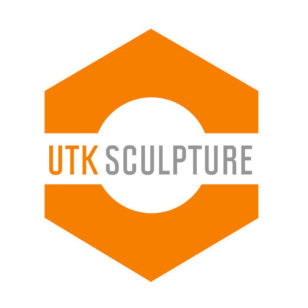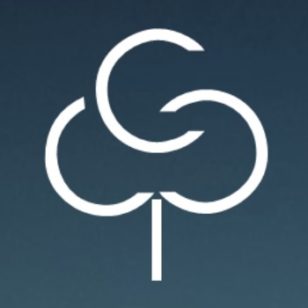INTERVIEW: KELLY SPELL
OCT. 04, 2025
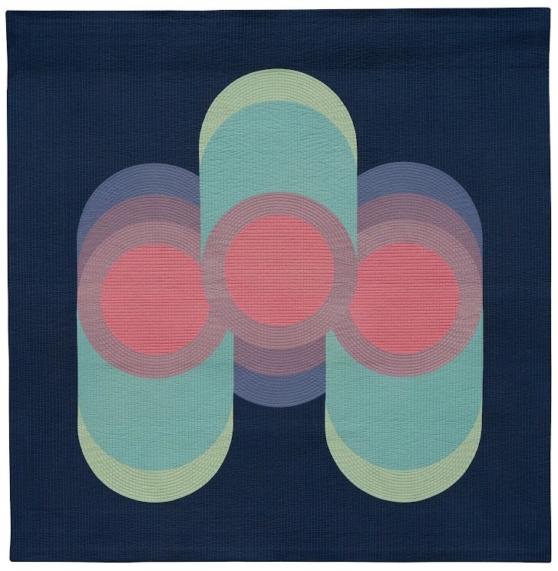
INTERVIEW: KELLY SPELL
OCT. 04, 2025
Rachel Bubis: You’ve said that quilting unlocked a confidence and enthusiasm you hadn’t found in painting or photography. What do you think it is about working with cloth that sparked this shift for you?
Kelly Spell: I love the tactile nature of cloth and the way it feels in my hands. Our lives are filled with fabric, from the clothes we wear to the sheets we sleep under. It’s soft, comfortable, flexible, and familiar. Those qualities removed a lot of barriers to entry, so I was able to dive right into creating.
RB: Can you tell me about your early approach to quilting and how your process has evolved?
KS: I learned how to sew in 2014. Many of my early quilts were made improvisationally using techniques I gathered from free online tutorials and blog posts. My interests were wide-ranging and I dabbled in a bit of everything, slowly building a repertoire of skills and knowledge. Then in 2021, I took a class with a quilter named Patricia Belyea called Creativity and Complex Curves. It was a huge a-ha moment and it helped focus my creative energy. My work is more intentional now, and I narrowed my perspective in a way that helps me refine a small number of ideas over time.
RB: Circles appear again and again in your work. What draws you to circular compositions?
KS: I love the inherent movement and flow of circles. The shape is elementary but constructing it with fabric can be quite challenging. That interplay of complexity and simplicity excites me.
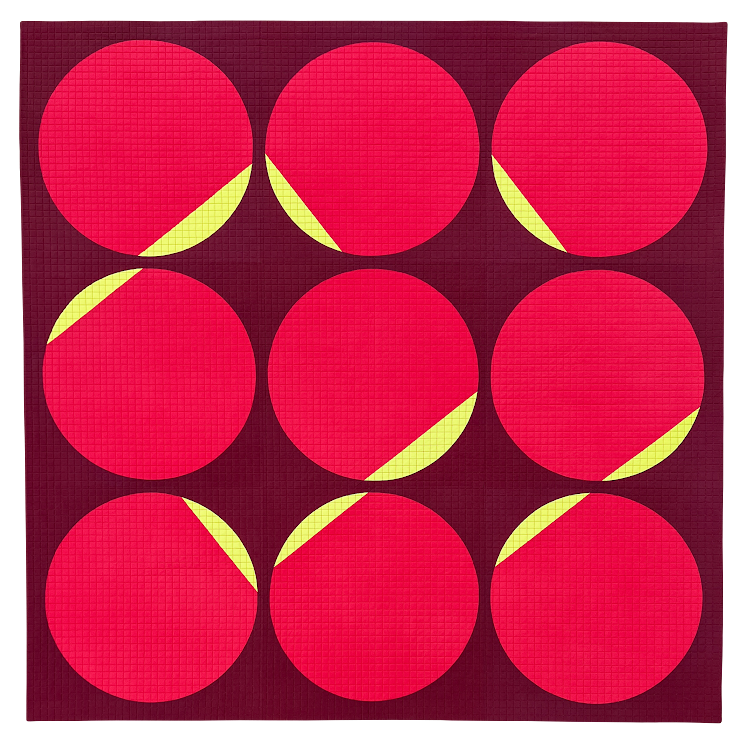
Kelly Spell, A Slice of Candy Apple, 2022, Hand-dyed cotton fabric, batting, 60” x 60”
RB: How do you see the circle as both a technical challenge and a symbol of harmony and balance?
KS: The continuous, symmetrical, unbroken line of a circle has represented unity and wholeness in many cultures for millennia. The technical challenge comes via my preferred method of constructing circles, which is called “machine piecing.” Two pieces of fabric are sandwiched together, with their right sides facing each other, and stitched using a sewing machine. Then they are folded back along the stitching line so the right sides face the viewer. That is relatively simple to do with straight-line shapes like rectangles or squares, but circles involve convex and concave curves that must be nestled into one another and fed through the sewing machine with care.
RB: Do you ever surprise yourself with how circles manifest differently from one quilt to another?
KS: The variety and versatility of circles really appeals to me. Their orientation in a design, as well as the color palette, can dramatically influence how they are perceived. I can make them feel bold and energetic or quiet and serene depending on various artistic choices.
RB: You often experiment with making your own dyes. What first inspired you to take on that part of the process, and what have you learned about the science of dyeing along the way?
KS: Like many quilters, I used commercially manufactured solid fabrics in my early work. Eventually I felt limited by the hues and values available, and I was frustrated by inconsistencies in dye lots. A friend told me about Carol Soderlund, an expert in the field of Procion MX fiber reactive dyes. I took a class with her in the fall of 2021, and when she shared her process of using three pure dyes to create hundreds of replicable colors, I was hooked! Fiber reactive dyes bond with the fabric at a molecular level, so the color is permanent and vibrant. The dyeing process is pretty simple and doesn’t require a lot of specialized supplies, so it’s easy to pick up and enjoy.
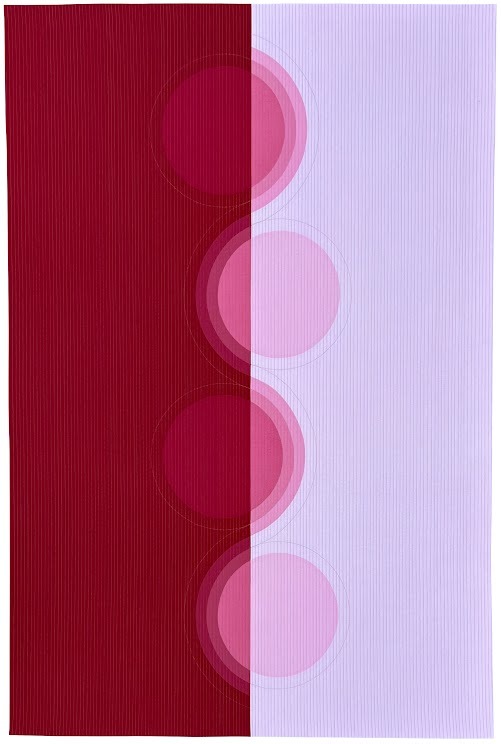
Kelly Spell, Mulberry Swirl, 2023, Hand-dyed cotton fabric, batting, thread, 42” x 63”
RB: Do you have a favorite dye material or color you love to return to?
KS: Purple shows up a lot in my work, along with green and teal. Most of my quilts are made with cotton or linen fabrics.
RB: You’ve talked about ‘listening to the fabric’ when describing the final color results of your quilts. Can you share how you decide when to follow what the fabric seems to want, and when you choose to push against it or go in a different direction?
KS: A while back, a guild mate made an off-hand remark that struck me as very profound. She said, “Cotton was alive, it has personality and an opinion.” I think that’s true! I’ve learned a lot about how cotton fabric wants to be treated over the years. For example, knowing how it behaves differently depending on whether it is cut on grain or on the bias is very important when it comes to sewing curves. Every time I make a quilt, I’m in constant conversation with the fabric—I observe its reactions to my decisions and adjust as necessary to achieve my desired outcome.
RB: Your color gradations sometimes create optical effects—almost like Op Art. How intentional is that play with perception, and what inspires you about it?
KS: It’s very intentional. I use color deliberately to create the illusion of layers and depth in my designs. Those aspects generate a sense of movement and energy for the viewer, and they lend a three-dimensional quality to two-dimensional work.
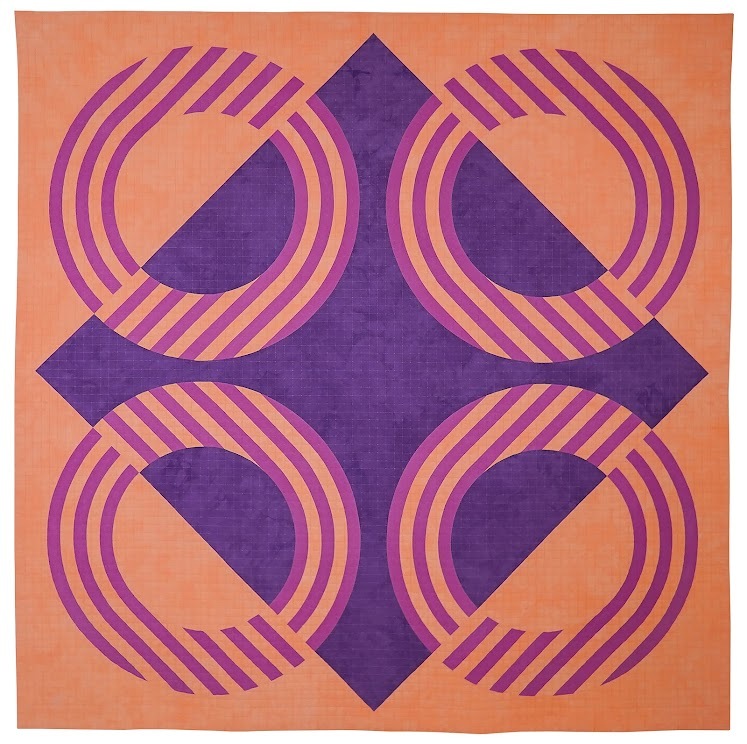
Kelly Spell, Tiger Stripes, 2024, Hand-dyed cotton fabric, batting, thread, 66” x 67”
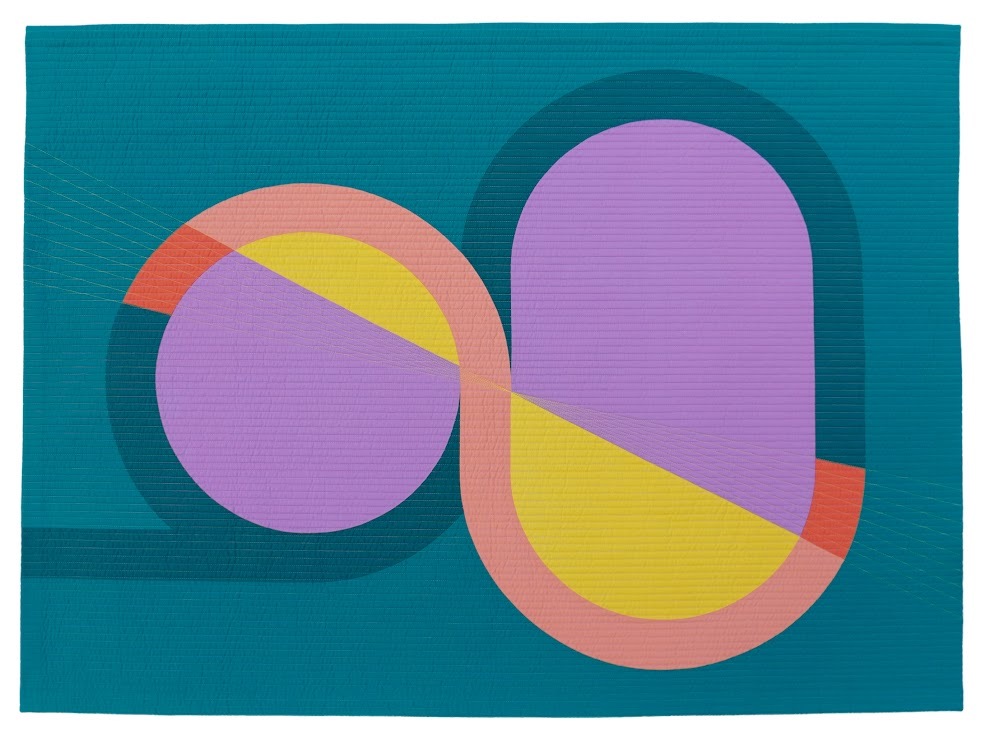
Kelly Spell, Citron Swirl, 2021, Cotton fabric, batting, thread, 54” x 39”
RB: You mount your quilts on canvas and even offer a kit for others to do the same. Do you ever imagine your quilts as functional objects, like blankets, or do you see them more firmly as works of art for the wall?
KS: One of my favorite things about quilts is they can be both! I have made a number of functional couch throws and pillows over the years, but most of my work is intended to be art for the wall. The larger pieces hang directly on the wall like tapestries, and I often mount smaller works onto canvas. I shared my mounting technique on my website in 2023, and since then it’s been used by people all over the world to mount a wide variety of quilts and other textiles.
RB: Harmony and balance seem to be central values in your practice. Why are these qualities important to you?
KS: The world feels like a pretty dark and overwhelming place these days, but there are still bright spots if we know where to look. My artistic practice is a space where I seek to balance the chaos with calm and control. Working on projects that are inherently slow and time consuming is an important form of resistance to a culture that demands MORE and FAST. The repetitive motion of my hands quiets my mind, bringing clarity and focus. By adding my voice to the long chorus of makers who harness the familiarity of fiber to drive change, I hope to open doors for future generations of quilters.
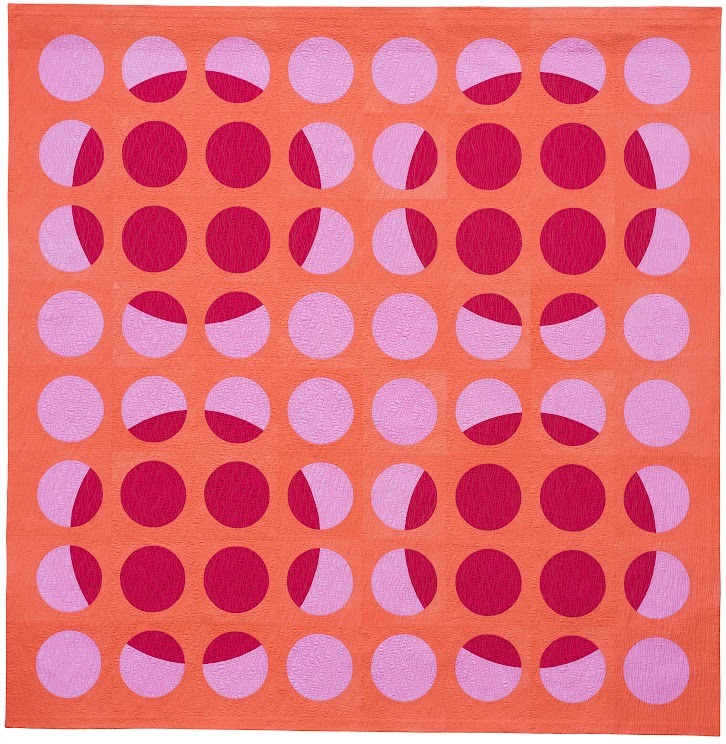
Kelly Spell, Pink-a-Boo, 2023, Hand-dyed cotton fabric, batting, thread, 83” x 83”
RB: Have you ever been surprised by a viewer’s response to your work?
KS: I think I surprise viewers more often than they surprise me. Because many people grew up around quilts or have a family member who made quilts, there’s a sense of familiarity and/or nostalgia when they view my work. But my large-scale, abstract designs are different from the traditional block patterns they’re used to seeing, so people will often tell me, “I didn’t know quilts could look like that!” I love that reaction, because it means something as common as a quilt can still spark surprise and delight.
RB: You recently visited Morocco. Did the textiles, colors, or processes you encountered there influence your thinking or practice?
KS: Morocco is stunningly gorgeous. Everywhere you look, there are layers upon layers of color, pattern, and texture that are a delight to behold! I went with a tour group that focused on textiles, and we got to visit a number of women's weaving and embroidery cooperatives in small communities around the country. The co-ops provide a shared space for women to learn and work, a steady income from the goods they create and sell, childcare, and even transportation to and from home. Like many artists, I often work alone in my studio for hours at a time, so I appreciated seeing so many examples of mutual aid and creating in community.
RB: What are you working on now and what’s next?
KS: This fall, I am diving into the world of teaching. I spent the past several months preparing content for workshops focused on precision piecing and my mounted quilt technique. I’ll teach both of those to a group in Switzerland in late October, and I’m currently accepting bookings for 2026 and 2027.
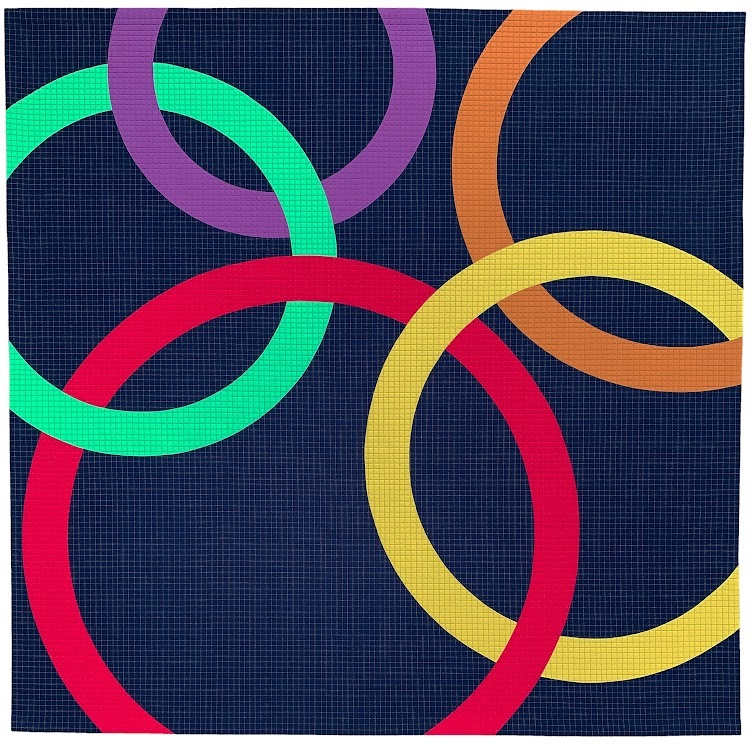
Kelly Spell, Juggling Act, 2021, Cotton fabric, batting, thread, 58” x 58"
Kelly Spell is an award-winning quilter living in Hixson, Tennessee. Her abstract modern quilts have been featured in numerous publications, shows, and museums around the world, including the National Quilt Museum, Asheville Art Museum, and Arizona-Sonora Desert Museum. Kelly’s quilts feature bold designs and dynamic color combinations. She has several ongoing series that feature various riffs on circular designs.
Rachel Bubis is a Nashville-based independent arts writer, regular contributor to The Focus blog, and LocateArts.org Web Manager for Tri-Star Arts.
